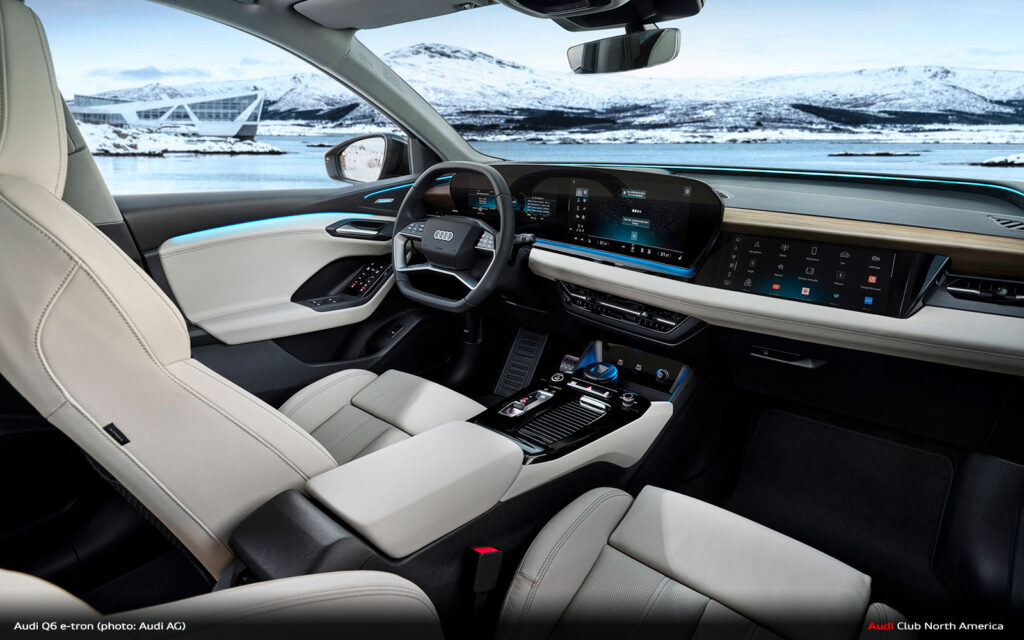
Audi E³ 1.2 Electronic Architecture Brings “Vorsprung durch Technik” to Life
- Scalable: in the E3 1.2 electronic architecture developed jointly with CARIAD, a future-oriented foundation with new hardware and software debuts in the Audi Q6 e-tron1
- Update and upgrade capable: high-performance domain computer network and high-power connectivity for new functions and user experience
- Comprehensive safety concept: security-by-design and update-by-design
[source: Audi AG]
With the launch of Premium Platform Electric (PPE), Audi is introducing a completely new electronics architecture. The E3 will be used for the first time in the 1.2 specification in the Audi Q6 e-tron series. The name E3 stands for end-to-end electronic architecture. Its core element consists of five high-performance computers (high-performance computing platform, HCP) that cover all vehicle functions – from the drive system and assistance systems to the infotainment and comfort systems to the safety systems and backend connectivity.
The overarching goal when developing the E3 1.2 was to create a scalable and future-proof electronic architecture that can be used throughout the VW Group. The transfer of functions from the sensor-actuator level to the computer level, i.e. the increasing decoupling of hardware and software, will the reliable management of increasing complexity in the years ahead. Another focus of development was on high-performance and secure networking of domain computers, control units, sensors, and actuators in order to master more complex systems and support modularity. Another goal is high-performance and seamless backend connectivity for Car-to-X swarm data applications and compute-intensive offboard functions. Audi will introduce the new electronics architecture gradually in all future vehicle models.
Digital nervous system with high-performance processors
Five high-performance computers, which Audi refers to as the “high-performance computing platform,” or “HCP” for short, form the E3 1.2’s central nervous system. All vehicle functions are allocated to the respective computers according to domains. HCP1 is responsible for the drive system and suspension, longitudinal and lateral dynamics, while the driver assistance systems are controlled by HCP2. All infotainment functions are organized in HCP3, and comfort functions such as light control, air conditioning and seat adjustment are grouped in HCP4.
Finally, HCP5 takes care of central internal networking between the domain computers and establishes the connection between the vehicle and the outside digital world. The large quantities of data exchanged in the vehicle during software updates or between the sensors, actuators, and processors of driver assistance systems require broadband connections. Therefore, in addition to well-known automotive protocols, Audi uses the Gigabit Ethernet standard.
All HCPs are dimensioned to be equipped for future functional enhancements. As a result, a smooth premium experience is also guaranteed for additional features and later system upgrades. The high-performance computers in the vehicle are also supported by a seamless connection to the Car-to-X functions and a server backend for especially compute-intensive tasks.
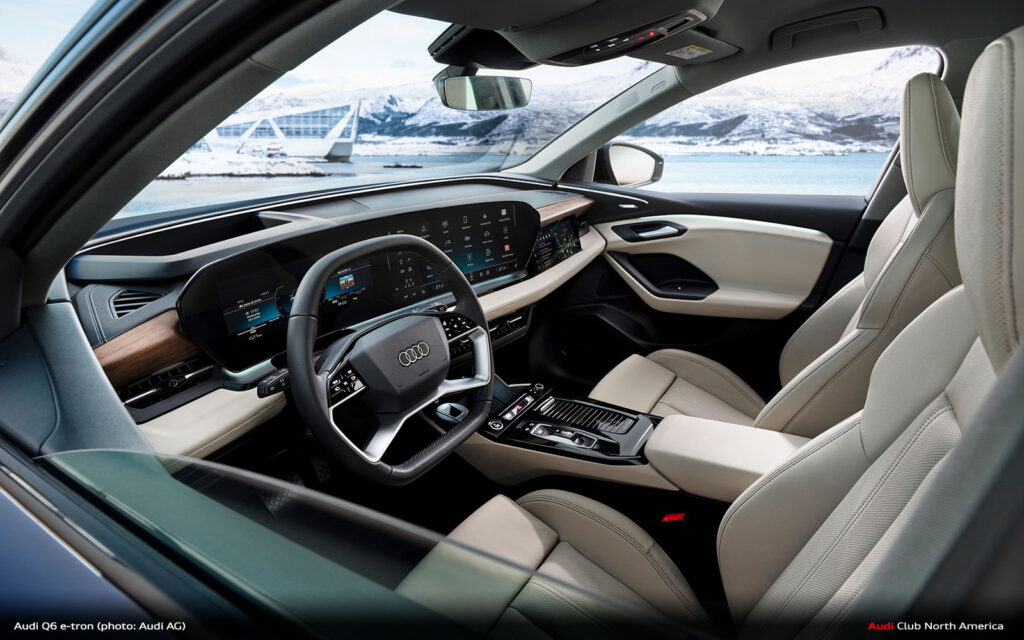
Secure, updateable, and ready for enhanced functions
The E3 1.2 is designed for wireless updates (over-the-air, OTA) via the mobile network and expansion with new functions. It is also highly scalable and therefore designed for use across brands and vehicle segments. Security (security-by-design) and updateability are ingrained in the architecture from the beginning. The standardized E³ 1.2 electronic architecture reduces complexity both in development and in production and creates additional economies of scale. The respective software components are developed by CARIAD and applied by Audi specifically for each model.
However, the vehicle configuration is not necessarily permanently set when the vehicle is delivered. Beginning with the Q6 e-tron series, the offering includes software updates customers receive over-the-air (OTA), i.e. via the vehicle’s mobile network, and that they can book very easily using their myAudi smartphone app. The update mechanisms collect data in interim storage until the entire software package has arrived and can be confirmed as error-free and genuine using its checksums and security certificates. For safety reasons, the software is not updated until the vehicle is at a standstill. In this way, functional improvements and enhancements are installed. New functions and options can also be ordered as part of the functions on demand offering. This allows a second owner, for example, to adapt the vehicle’s equipment to their personal wishes after purchase.
Audi relies on a comprehensive, dynamic safety concept for the architecture. The new architecture decouples hardware and software to a greater extent than ever before. Complex functions are transferred from the peripheral control units into the core architecture. This improves system security while simultaneously reducing development expenses. This approach also facilitates software updates and makes it possible to use them with more versatility.
Digitalization for comfort and infotainment
Thanks to the new electronic architecture, Audi customers experience vehicle digitalization more immediately than ever before. The Audi Q6 e-tron series has a fully networked digital interior based on the new E3 1.2 architecture. The E3 1.2 makes it possible to further increase the number, dimensions, and resolution of the screens in the vehicle. Alongside the E3 Audi is also introducing a standardized infotainment platform based on the operating system Android Automotive.
Anyone who rides in an Audi Q6 e-tron series model in the future will benefit from the comprehensive connectivity in the vehicle in many ways. For example, a learning intelligent voice assistant can control a large number of vehicle functions, learn from the driver’s behavior and actions, and make predictive suggestions adapted to the situation. Since the software is continuously updated over-the-air, all of the vehicle’s systems are always up to date. Thanks to the third-party store for apps, users can install many of their favorite apps directly in the car and use them on the vehicle display. It is also possible to interact with these apps via voice input.

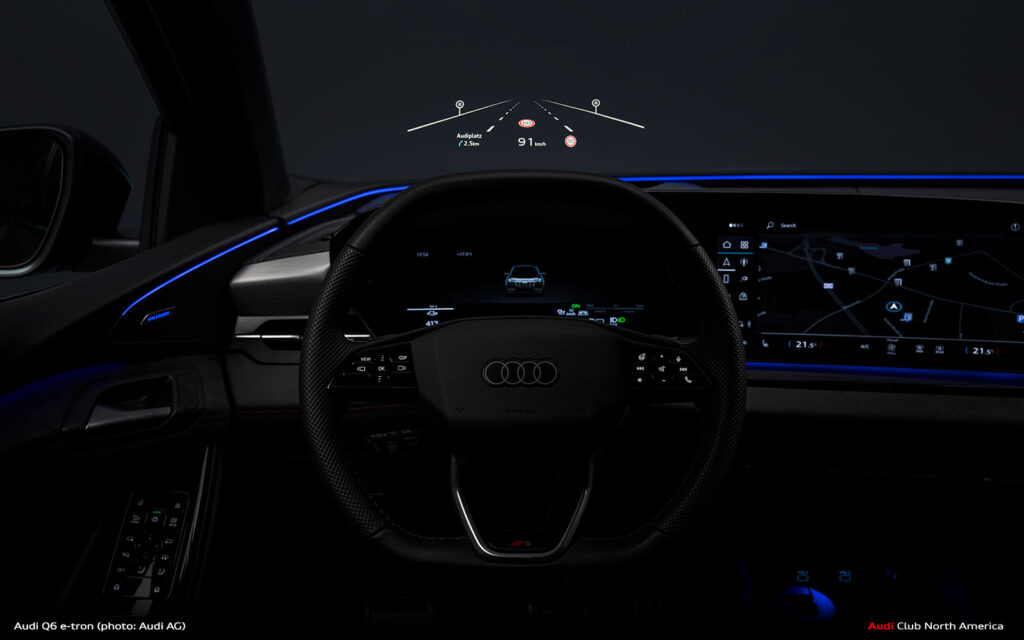
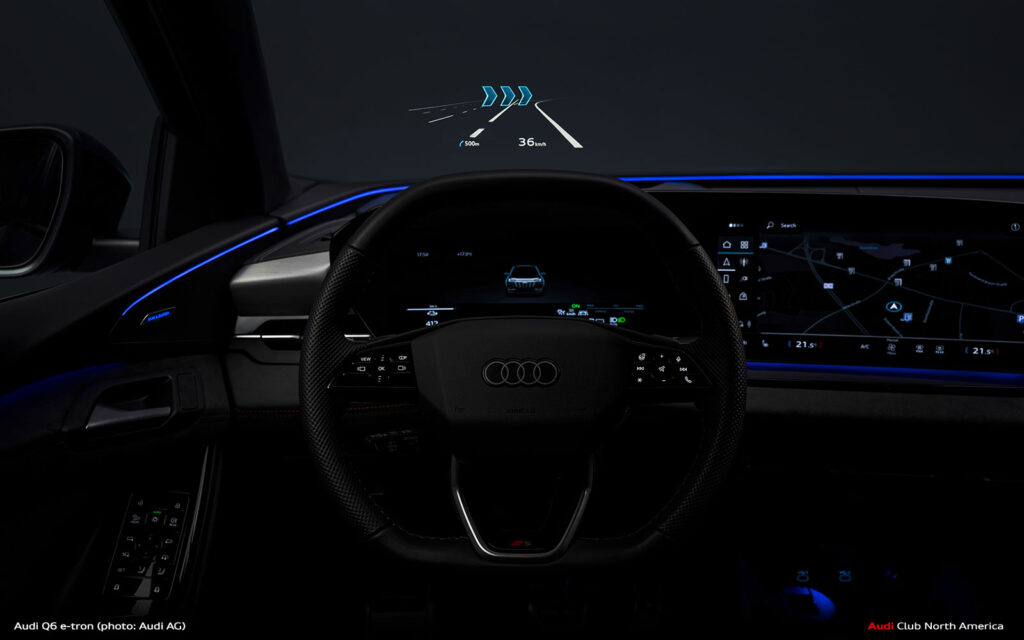
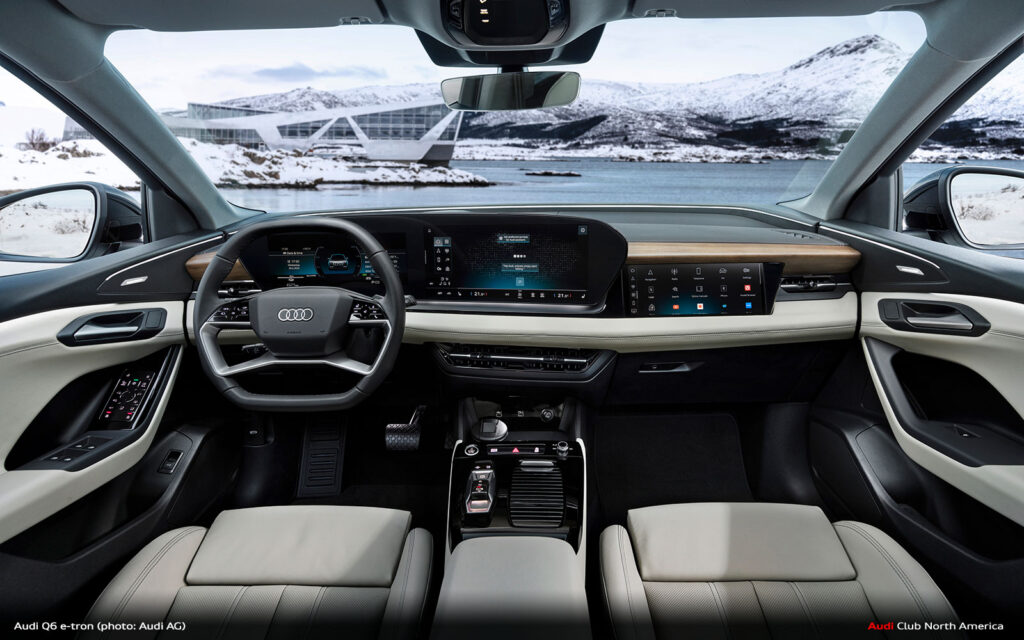
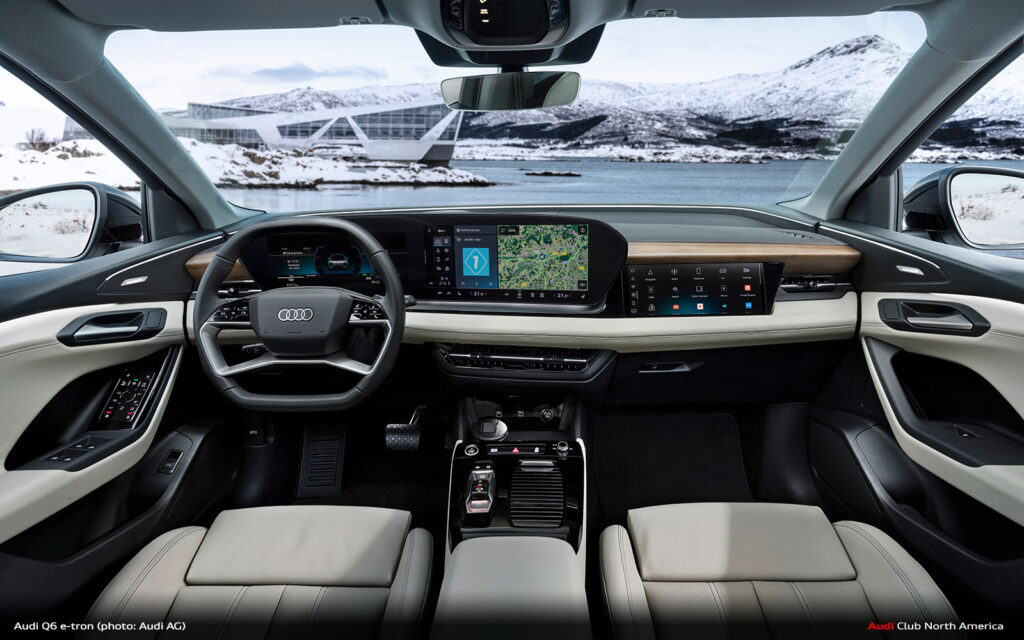
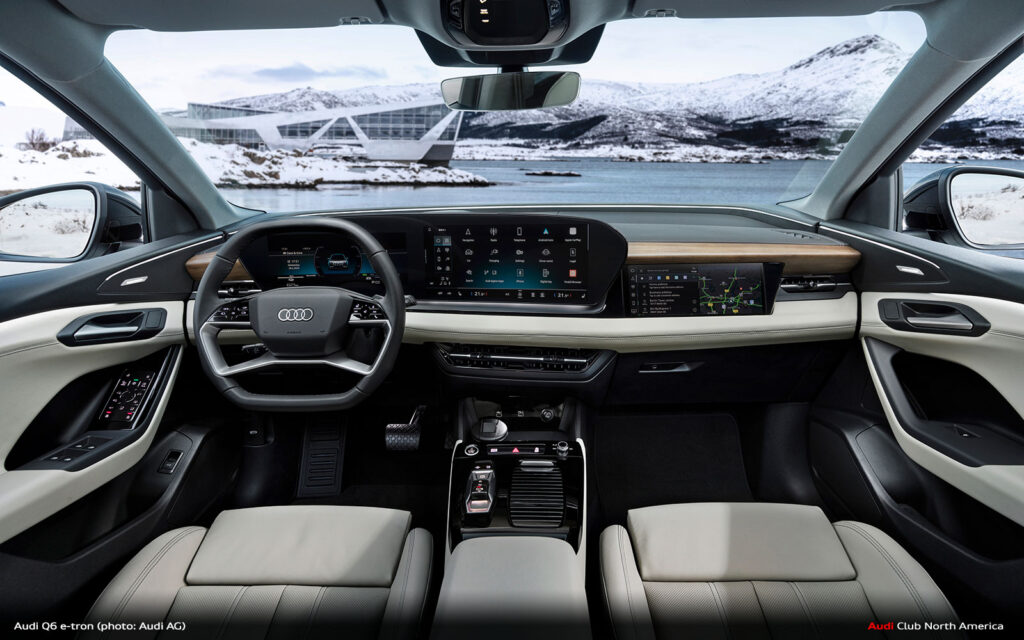

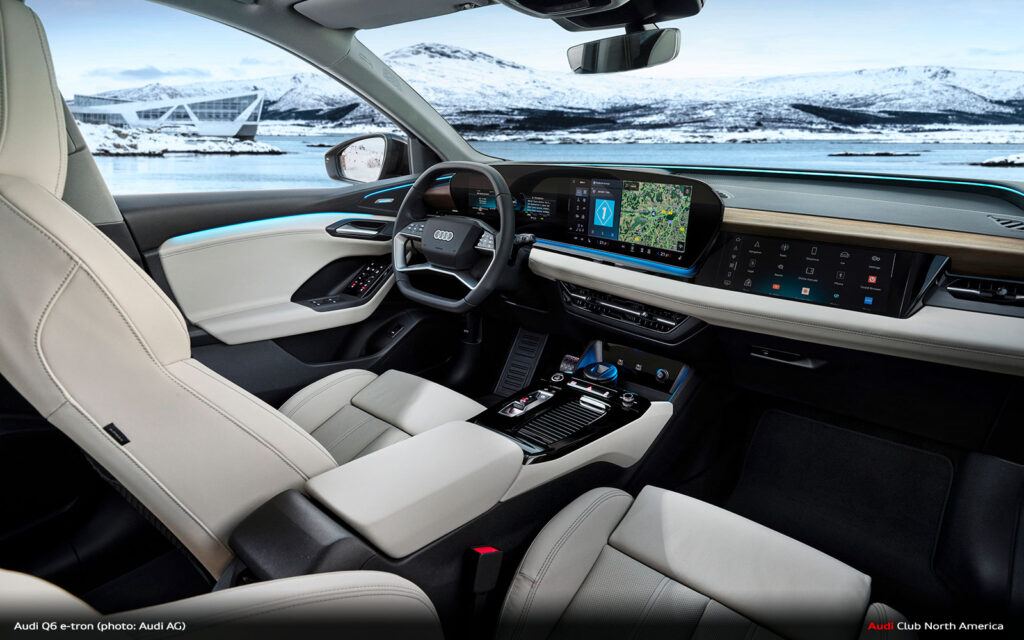
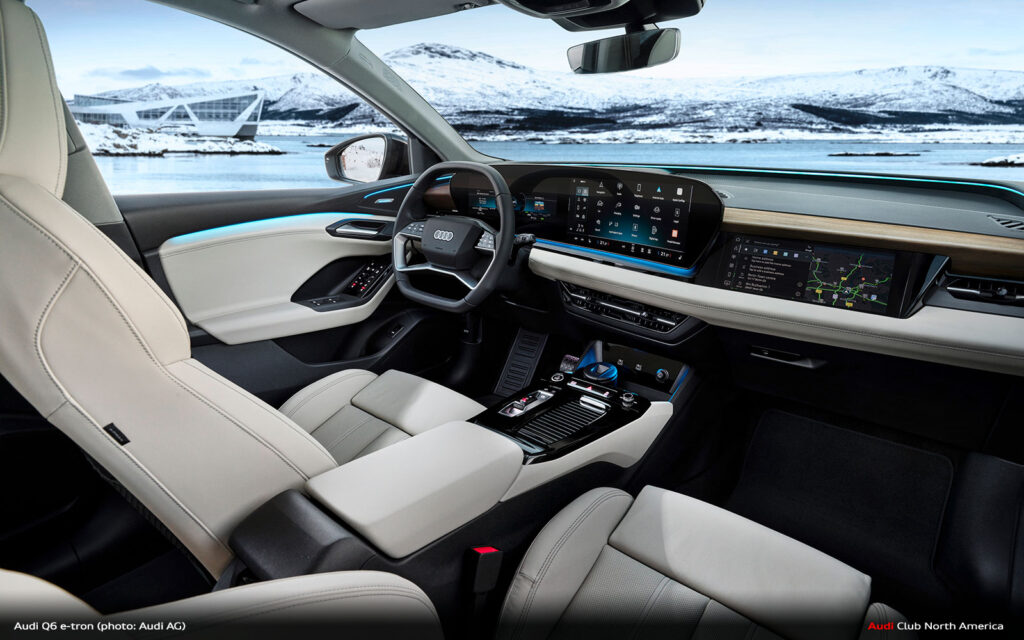
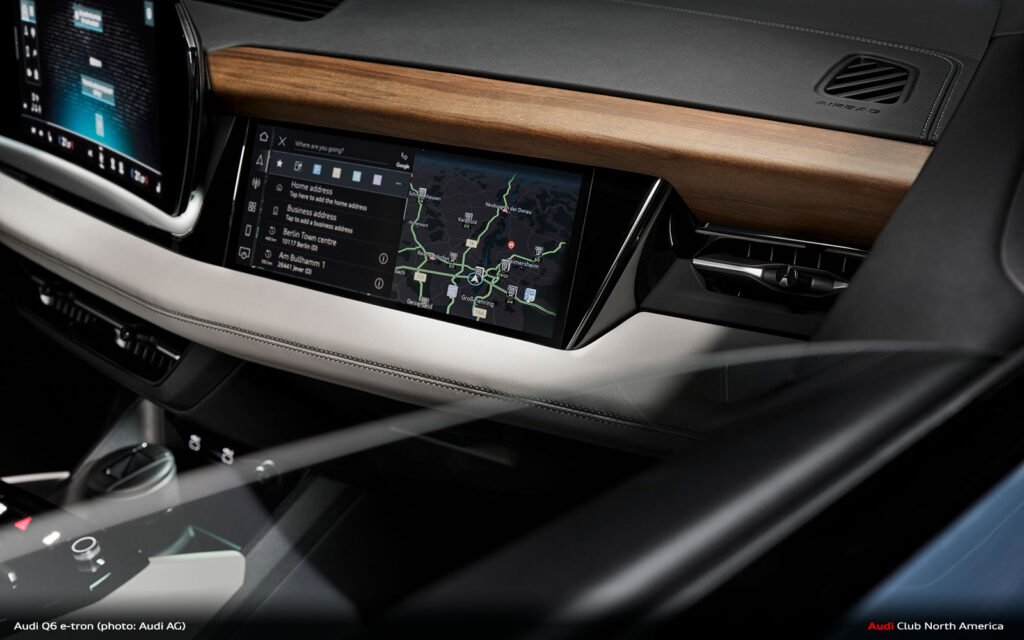
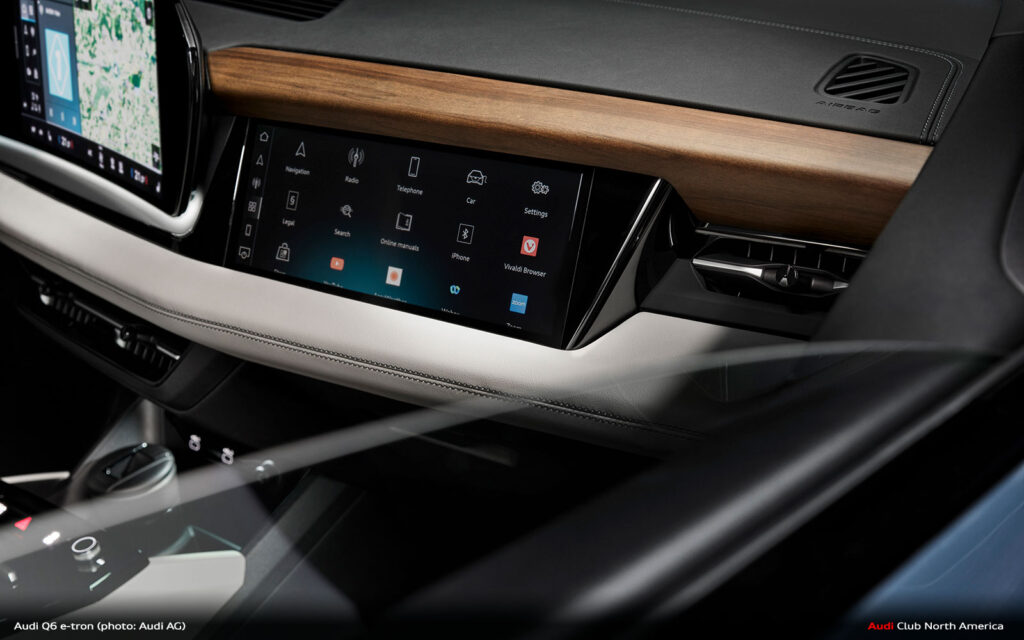
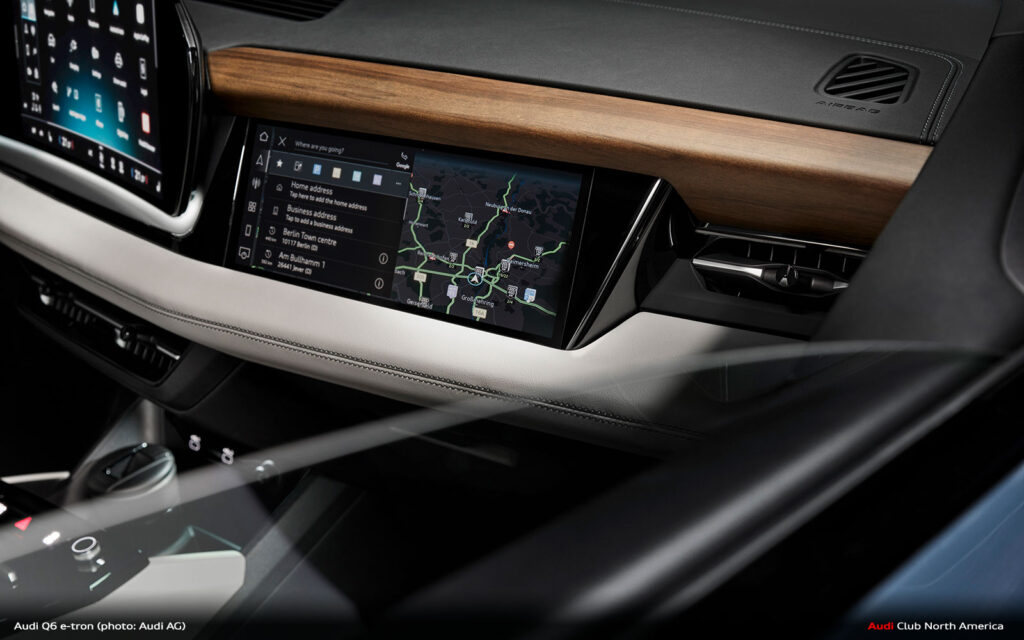
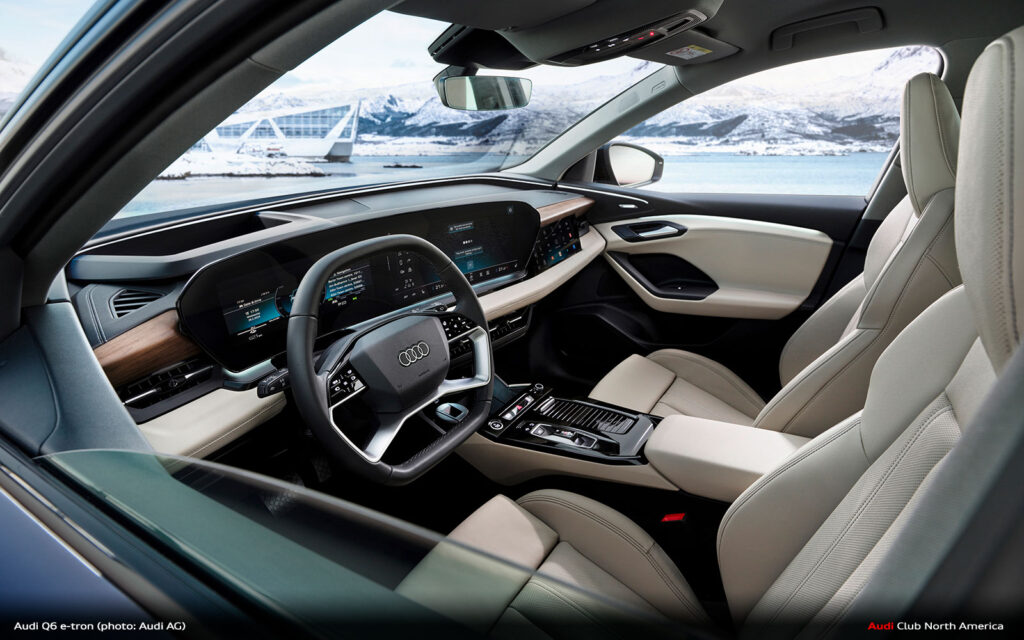
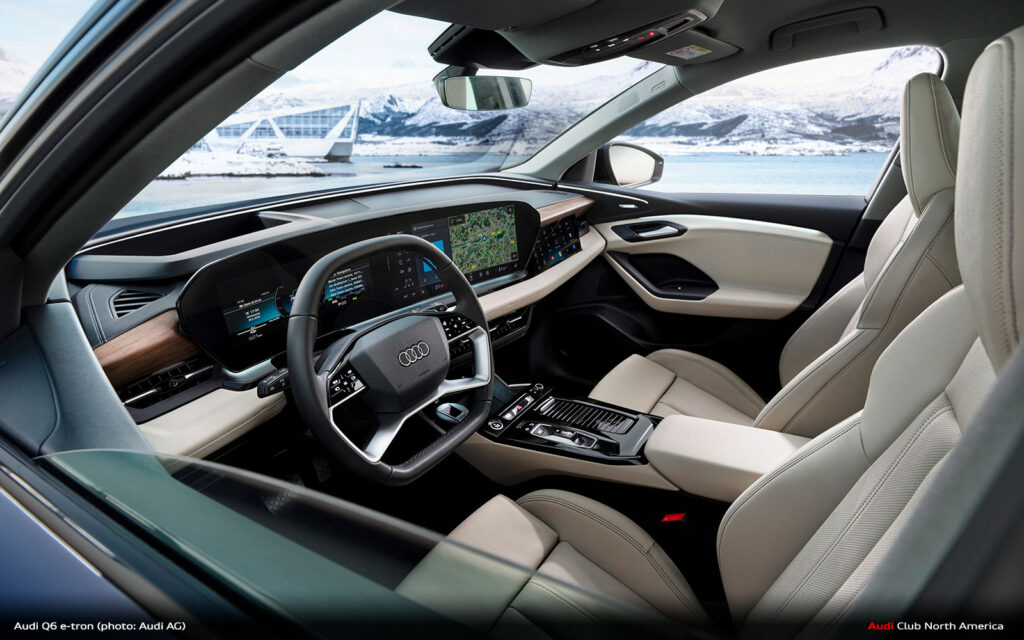





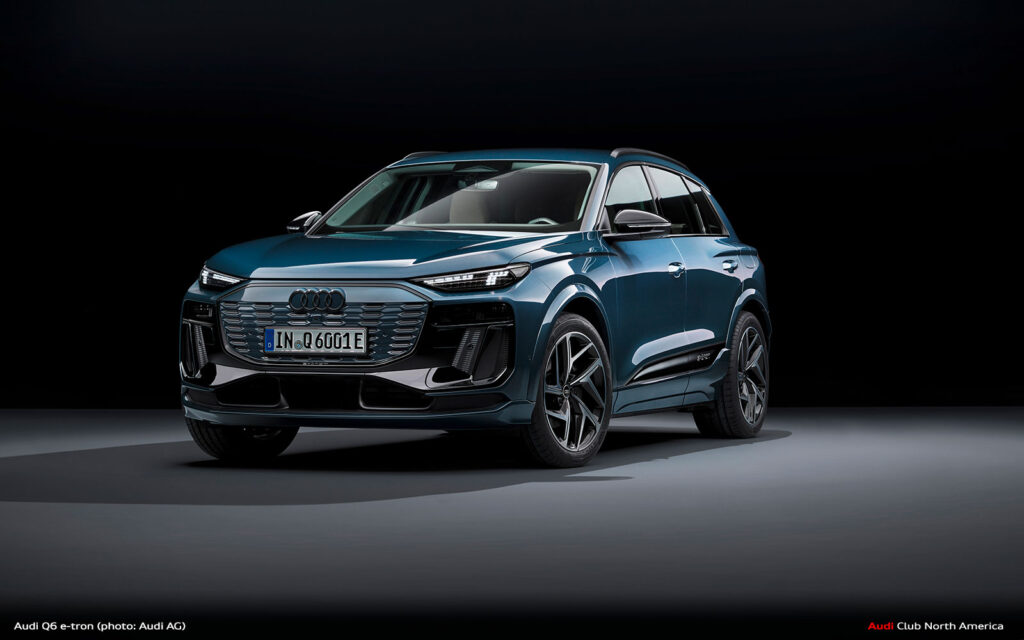
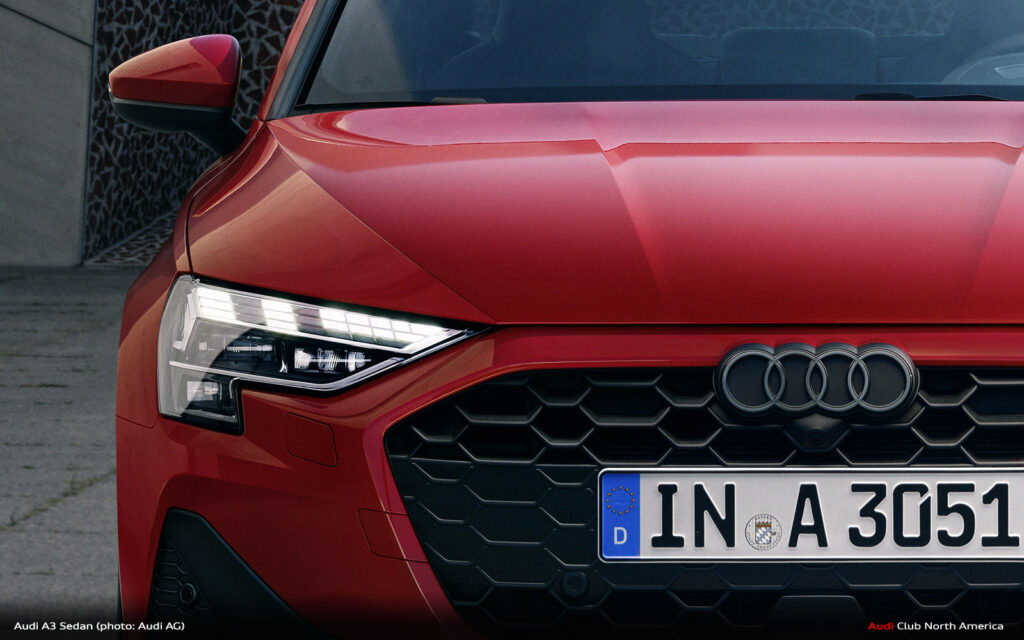

Responses